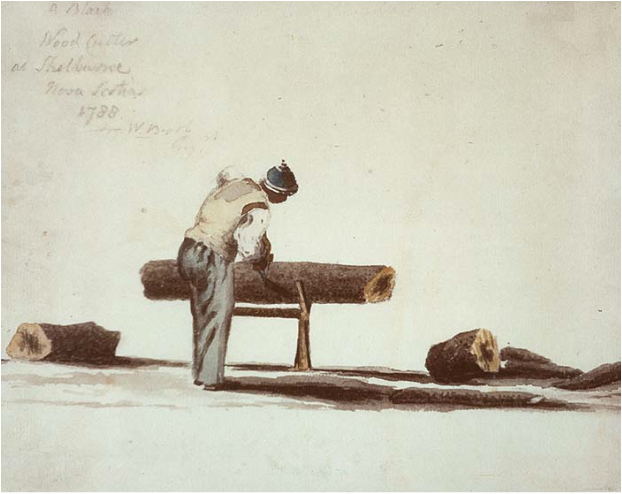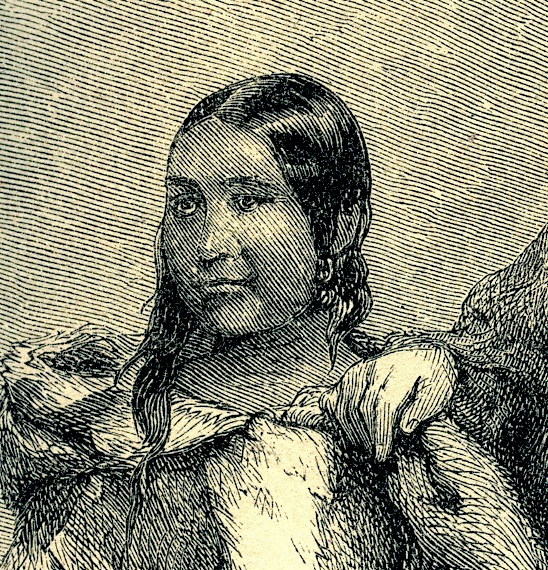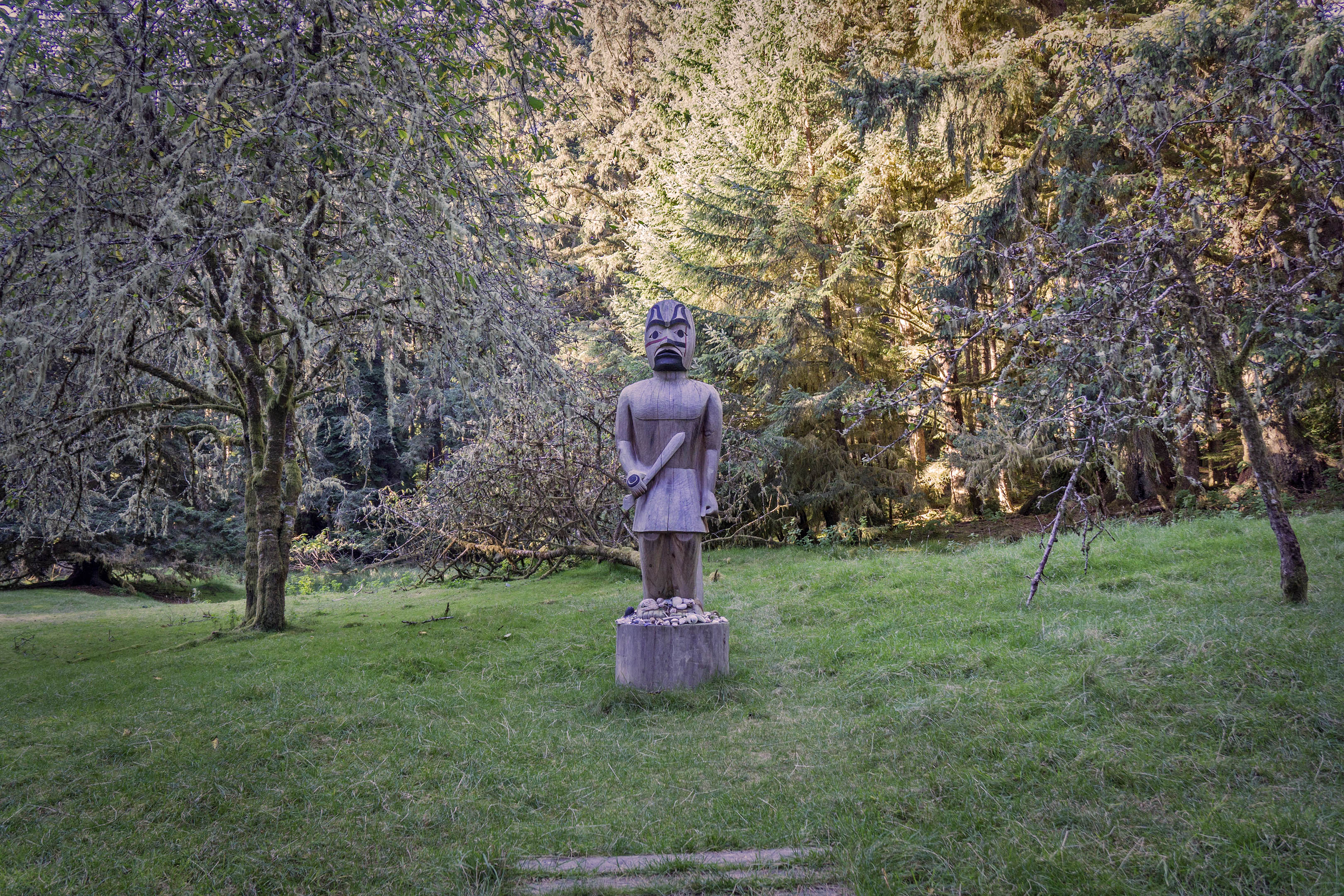Article
Thelma Chalifoux
Thelma Julia Chalifoux, senator, entrepreneur, activist (born 8 February 1929 in Calgary, AB; died 22 September 2017 in St. Albert, AB). Chalifoux was the first Métis woman appointed to the Senate of Canada. As a senator, she was concerned with a range of issues, including Métis housing, drug company relations with the federal government, and environmental legislation. An ardent advocate for women’s and Indigenous rights, Chalifoux was involved in organizations such as the Aboriginal Women’s Business Development Corporation and the Métis Women’s Council. She was also known for her work in the protection of Métis culture, having served in the Alberta Métis Senate and Michif Cultural and Métis Resource Institute (now Michif Cultural Connections).















